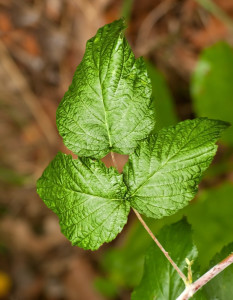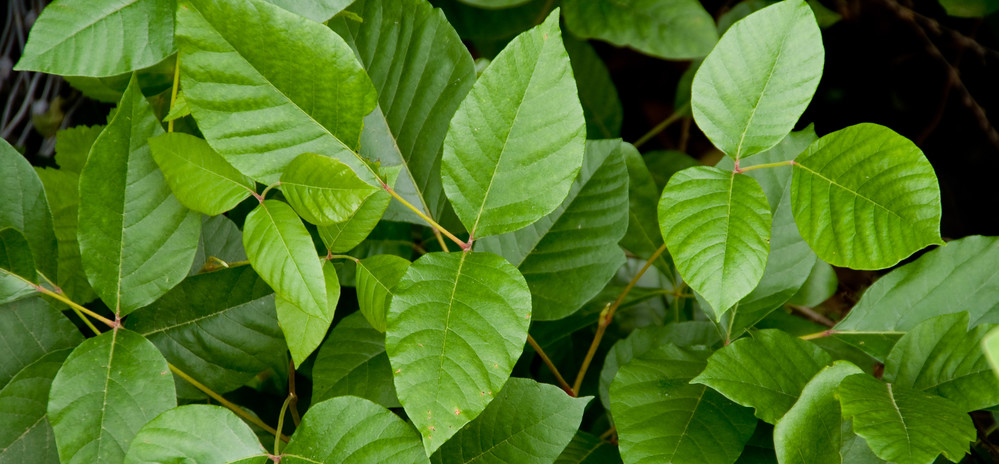Do you Own a Home or Cottage in The Kawarthas, Peterborough, or Buckhorn Area?
Use the following tips to identify if you have Poison Ivy on your property, and learn what to do if it gets on you, a family member, or friend.

How Do I Detect Poison Ivy?
Poison Ivy is defined by 4 characteristics. If it has these, stay away.
- Clusters of three leaflets
- Alternate leaf arrangement (leaf attachments are singular and leaves alternate directions, to a greater or lesser degree, along the stem).
- Lack of thorns
- Clusters of three leaflets grow on their own stem, which connects to the main vine
Should I Be Concerned?
We’ve all heard of how contact with Poison Ivy can cause itchiness and irritation. But what actually causes the itchiness?
All parts of the Poison Ivy plant, including the roots, contain the poisonous resin urushiol. Contact with any broken part of the plant could cause a reaction. But the extent of a reaction depends on the person’s sensitivity and the amount of sap that came in contact with their skin. You would have to physically come into contact with the sap or a surface that has picked up sap from the plant (like the fur of an animal) to have a reaction.

I Might Have Rubbed Up Against Poison Ivy. What Should I Do?
Immediately wash any areas of your skin that might have come in contact with the weed using soap and cold water.
Hot water will open the pores, increasing the chances of the resin being absorbed into your skin. If soap isn’t available, use vinegar (2 tablespoons in 1 cup of water) or alcohol (1/2 cup to 1/2 cup of water). Washing with soap and cold water may not prevent a reaction, but it will help prevent the infection from spreading.
If a reaction does develop, see your doctor for treatment. Skin irritation and itching from contact normally disappears in 7 to 15 days.
My Dog or Cat Might Have Gotten Into Poison Ivy. What Should I Do?
The sap from Poison Ivy can cause an allergic reaction in cats and dogs. Luckily, due to the longer fur of your pet, they aren’t as likely to be contaminated because the oils can’t reach their skin as easily. However, if your pet has residue from the plant on their fur, it can still be passed on to you.
If you suspect your pet has come in contact with Poison Ivy, avoid petting them. If you have a towel, dry wipe them off while wearing gloves. Wash your pet’s leash and collar, wash your clothing, and give your pet a bath, while keeping in mind that warm water opens pores and increases the chance of resin being absorbed into the skin.
It’s important to remember that your pet may be itching for a variety of reasons, so it’s not necessarily because they came in contact.
If a reaction does develop, see your veterinarian for treatment.

